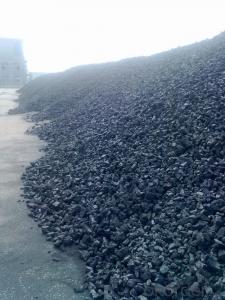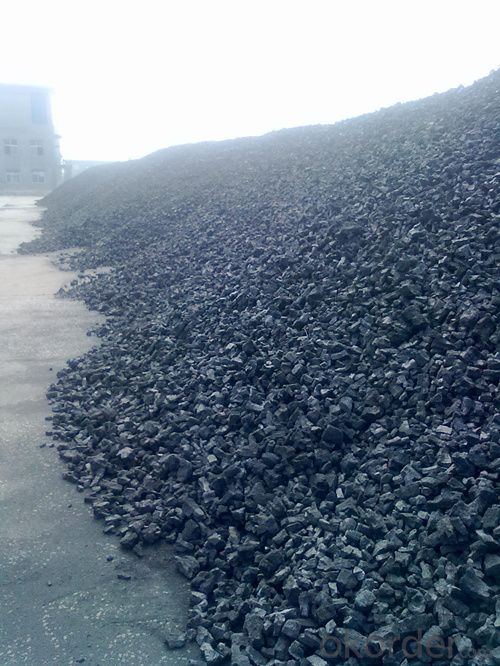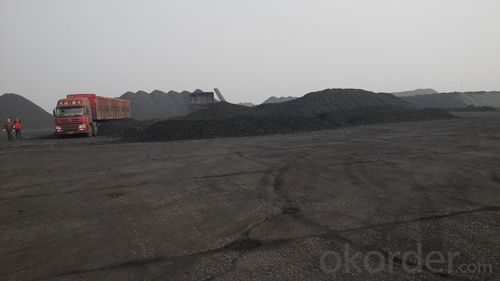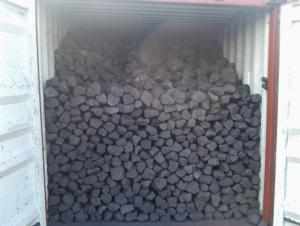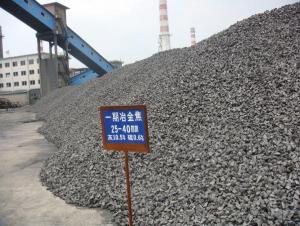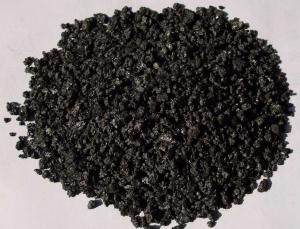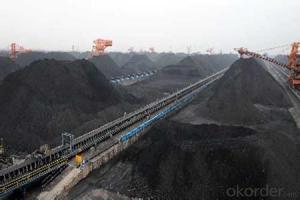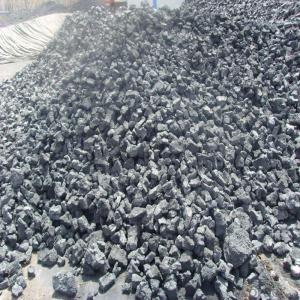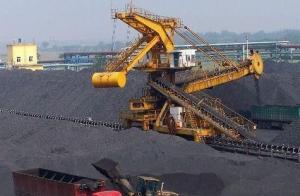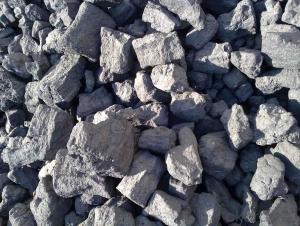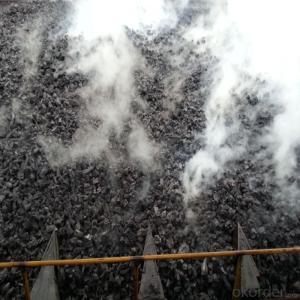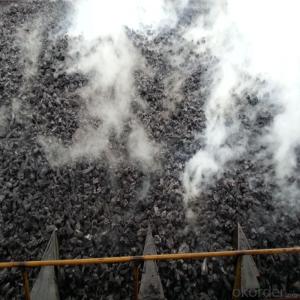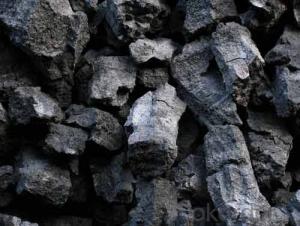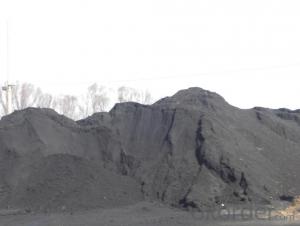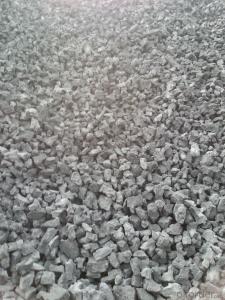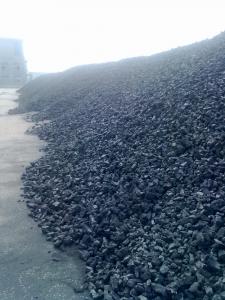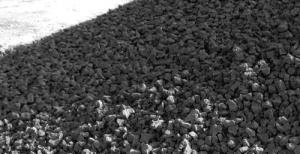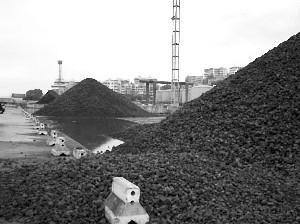Metallurgical coke of Coke Strength after Reactivity 62
- Loading Port:
- Tianjin
- Payment Terms:
- TT OR LC
- Min Order Qty:
- 1000 m.t.
- Supply Capability:
- 50000 m.t./month
OKorder Service Pledge
OKorder Financial Service
You Might Also Like
Specification
1. Structure of Metallurgical Coke of Coke Strength after Reactivity 62 Description:
Make the blast furnace operation to achieve better technical and economic indexes of metallurgical coke (metallurgical coke) must have the appropriate chemical and physical properties, including the nature of the thermal state in the smelting process.Coke in addition to a large number of used in ironmaking and smelting non-ferrous metal (metallurgical coke), also used in casting, chemical industry, calcium carbide and ferroalloy, its quality requirement is different.If foundry coke, general demand big granularity, low porosity, high fixed carbon and sulfur content is low;Chemical gasification with coke, lax to strength requirement, but it requires good reactivity, high ash melting point;Calcium carbide production with focal requirements to improve the fixed carbon content as much as possible.
Blast furnace with Coke instead of charcoal, which laid a foundation for the large-scale of modern blast furnace, is a major milestone in the history of metallurgy.
On China's coke production distribution, the regional distribution imbalance of coking enterprises, mainly distributed in north China, east China and northeast China.
2. Main Features of the Metallurgical Coke of Coke Strength after Reactivity 62:
• Quality assurance
• Mutual benefit
• Preferential price
• Various choice
3. Metallurgical Coke of Coke Strength after Reactivity 62 Images:
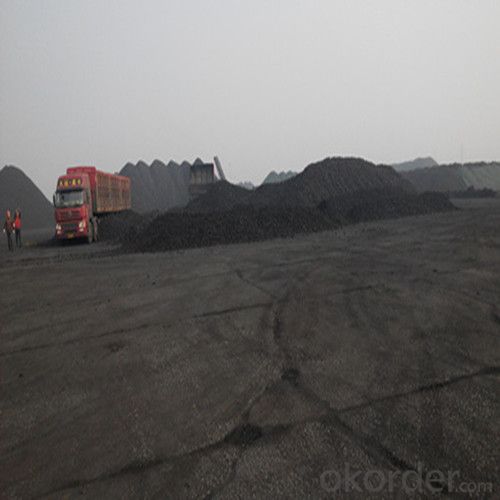

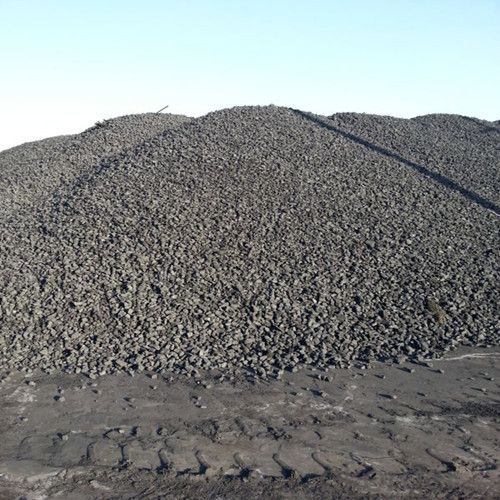
4. Metallurgical Coke of Coke Strength after Reactivity 62 Specification:
Parameters | Guarantee | Rejection |
Total Moisture (As received basis) | 5% max | |
Ash (dry basis) | 12.5% max | > 13.5% |
Volatile Matter (dry basis) | 1.5% max | > 1.8% |
Sulphur (dry basis) | 0.65% max | > 0.75% |
Phosphorus (dry basis) | 0.035% max | > 0.045% |
M10 | 7% max | > 9% |
M40 | 84% min | <82% |
CSR | 64% min | <62% |
CRI | 26% max | > 28% |
Size 30-90 mm | 90% min | |
+90 mm | 5% max | > 8% |
-30mm | 5% max | > 8% |
5. FAQ
Coke physical properties including coke sieve grouped into truth, coke, coke powder density depending on the relative density of density, coke, coke porosity, thermal conductivity for the heat capacity of coke, coke, coke, coke ignition temperature, coke thermal expansion coefficient of thermal stress and coke, coke shrinkage rate, coke resistivity permeability, etc.
- Q: The difference between coal and coke
- The semi coke production tend to low temperature carbonization, distillation temperature at 600 degrees Celsius, due to a late start, at present the low temperature carbonization furnace single furnace annual output of 30 thousand tons / year in most equipment under low temperature carbonization furnace forum of more than 50 thousand tons / year scale is still at the exploratory and experimental stage, technology of the large-scale equipment is still not mature, can only achieve centralized mass production using a combination of multi furnace technology. The use of coal field is quite widespread, especially in the carbonaceous reducing agent has unique properties, economic advantages are very obvious.
- Q: How to calculate the average particle size of coke
- Introduction of a commonly used, called "surface area volume average diameter", abbreviated D (3,2):D (3,2) = 1 / (fVI (/DI)).
- Q: Coking coal, coke, coal, steam coal what is the difference?
- Coal is used to generate electricity, which is used to burn coalPower coal is generally only coal
- Q: How much coal can a kilogram of coal weigh?
- But now the coking industry will not only coke coke, but with coking coal, fat coal, gas coal and other coal mixed coking
- Q: What is the difference between coke and carbon residue? Coke is a high-temperature refining, carbon residue can be used for civilian fuel it?
- Types of coke:Coke is usually divided by use of metallurgical coke (including blast furnace coke, coke and iron alloy coke, calcium carbide and coke gasification etc.) with coke. The pressurized pulverized coal forming coal, coke carbonization etc. in the new postprocessing process called Formcoke.1, metallurgical coke, metallurgical coke is coke, coke, iron alloy coke and non-ferrous metal smelting coke for metallurgical coke collectively. More than 90% are used in blast furnace, the furnace coke often called metallurgical coke.The metallurgical coke quality standard (GB/T1996-94) made in China is the quality standard of blast furnace
- Q: I see that there are metallurgical coke and coke on the Internet, what is the difference between them (I hope to be able to say in detail) and a level of two points, how is this going on?.. Where is the quality of coke in China? Hunan good coke plant which? Although the problem is a little bit more, I hope that insiders can give some useful information. Extremely grateful.
- The following indexes: Metallurgical Coke metallurgical coke: fixed carbon, 86%; calorific value 7300cal/kg; ash < 12%; volatile < 1.9%; all 5% "0.6%" water; sulfur; two metallurgical coke: fixed carbon 84.5-85%; calorific value 7000cal/kg; ash < 13.5%; volatile "1.9% full" water; 6%; "three sulfur 0.7%; metallurgical coke: fixed carbon 83-84.5%; calorific value 6500cal/kg; ash < 15%; volatile < 1.9%; all 6%" 1% "water; sulfur;
- Q: I now do a good job in the coke network editor, I would like to know more about coke
- Direct reduction in the blast furnace in the area above 850 degrees celsius. Because the CO2 generated at high temperature immediately reacts with the carbon in coke to form CO, it can be considered that the carbon in coke is directly involved in the reduction process:CO is used as reducing agent, either indirect or direct reduction. In order to continue to add CO, requires a certain degree of reactivity of coke.
- Q: What is the essential difference between coal and coke?
- (1) power coal(2) coking coal (bituminous coal)(3) coal used in coal chemical industry, which mainly includes gasification coal, coal for low temperature carbonization, hydrogenation of liquefied coal and so on.
- Q: Do not understand why some of the indicators of coke is the cause of the full analysis of phosphorus or foundry use of this time?It is best to use the foundry requirements? Thank you
- Phosphorus is a kind of harmful element in metal, which reduces the mechanical properties of castings. Under normal circumstances, GB castings of phosphorus content requirements of less than 0.06%, the lower the special requirements
- Q: How much coke is needed for a ton of iron
- 1 tons of iron: iron ore + + coke 340kg + pulverized coal injection 130kg,The process of extracting iron from iron containing minerals, mainly iron oxides, is mainly composed of blast furnace, direct reduction, smelting reduction and plasma method. From the perspective of ironmaking is metallurgy, iron rust, inverse behavior gradually mineralized, simple, pure iron reduction from iron compounds. Pure iron is not common in actual production. More iron carbon alloy.
Send your message to us
Metallurgical coke of Coke Strength after Reactivity 62
- Loading Port:
- Tianjin
- Payment Terms:
- TT OR LC
- Min Order Qty:
- 1000 m.t.
- Supply Capability:
- 50000 m.t./month
OKorder Service Pledge
OKorder Financial Service
Similar products
Hot products
Hot Searches

